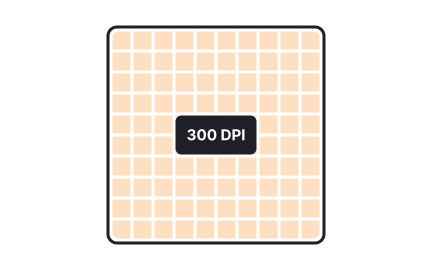Photos
Photos are digital or printed images captured by a camera, used in design and products to convey meaning, support storytelling, and enhance user engagement.

TL;DR
- Visual images captured with cameras.
- Communicate stories, context, and mood.
- Used across design, marketing, and products.
- Require thoughtful editing and placement.
Definition
A photo is a visual image captured by a camera, often edited and integrated into digital or physical formats to support communication, design, and user experiences.
Detailed Overview
Photos are one of the most versatile visual elements in both digital and physical design. They provide direct representations of people, places, and objects, making them powerful tools for communication. Unlike abstract graphics or illustrations, photos often deliver realism, grounding a product or brand in a relatable visual context.
A frequent question is why photos remain so prominent in product and marketing design. Photos establish trust and authenticity. For example, an e-commerce site showing high-quality product photos gives users confidence in their purchase decisions. Similarly, team photos on a company site create a sense of transparency and human connection, something flat text cannot achieve alone.
Another common query concerns photo quality. Low-resolution or poorly lit photos can harm credibility and make products appear unprofessional. High-quality, well-composed photos enhance usability and aesthetic appeal. This is why many teams invest in professional photography or carefully curated stock images to ensure consistency with brand identity.
Teams also ask about editing and optimization. Photos are often resized, cropped, or color-corrected to fit layouts and align with design systems. Optimization also ensures fast loading in digital contexts, as large, uncompressed files slow down performance. Tools such as responsive images allow different photo versions to load based on screen size and device, balancing quality with speed.
Another frequent discussion is about inclusivity and representation.
Photos communicate values as much as information. Diverse, inclusive imagery reflects a broader audience and signals that a product or brand recognizes different communities. Poorly chosen photos can unintentionally exclude or misrepresent groups, reducing trust and engagement.
Finally, photos carry legal and ethical considerations. Designers must ensure that images are licensed appropriately, whether through stock libraries, professional photographers, or in-house teams.
Learn more about this in the Photos of Shared Outputs Exercise, taken from the Design Workshop Deliverables Lesson, a part of the Workshop Facilitation Course.
Photos add realism and context to products. For example, in e-commerce, they help customers evaluate items by showing details that descriptions cannot convey. In apps, photos can illustrate workflows or personalize experiences.
Their authenticity makes them an effective way to build trust and support decision-making.
High-quality photos are sharp, well-lit, and composed thoughtfully. They align with brand style and feel consistent across touchpoints. Poor-quality photos, by contrast, can make interfaces feel unprofessional.
Consistent, professional photos communicate reliability and enhance brand perception.
Photos should be resized and compressed to balance quality with performance. Responsive formats allow the right size photo to load depending on device and connection speed. This ensures users see clear visuals without waiting for large files to load.
Optimization is critical for maintaining both usability and speed.
Inclusive photo choices reflect diverse audiences and build trust. By representing different ages, ethnicities, and abilities, photos communicate that a product or brand values broad communities.
When photos lack diversity, they risk alienating groups or reinforcing stereotypes.
All photos must be properly licensed. Using unlicensed images can lead to legal consequences. Designers typically rely on stock libraries, photographers, or in-house content creation to secure rights.
Clear licensing ensures respect for creators and protects organizations from liability.
Recommended resources
Courses

UX Design Foundations

Design Terminology

UI Components I
Lessons

Image Terminology

Image Types and Formats

Basics for Creating Effective Prompts
Projects

MAHT - Museo Argentino de la Historia del Traje

Logo Design














